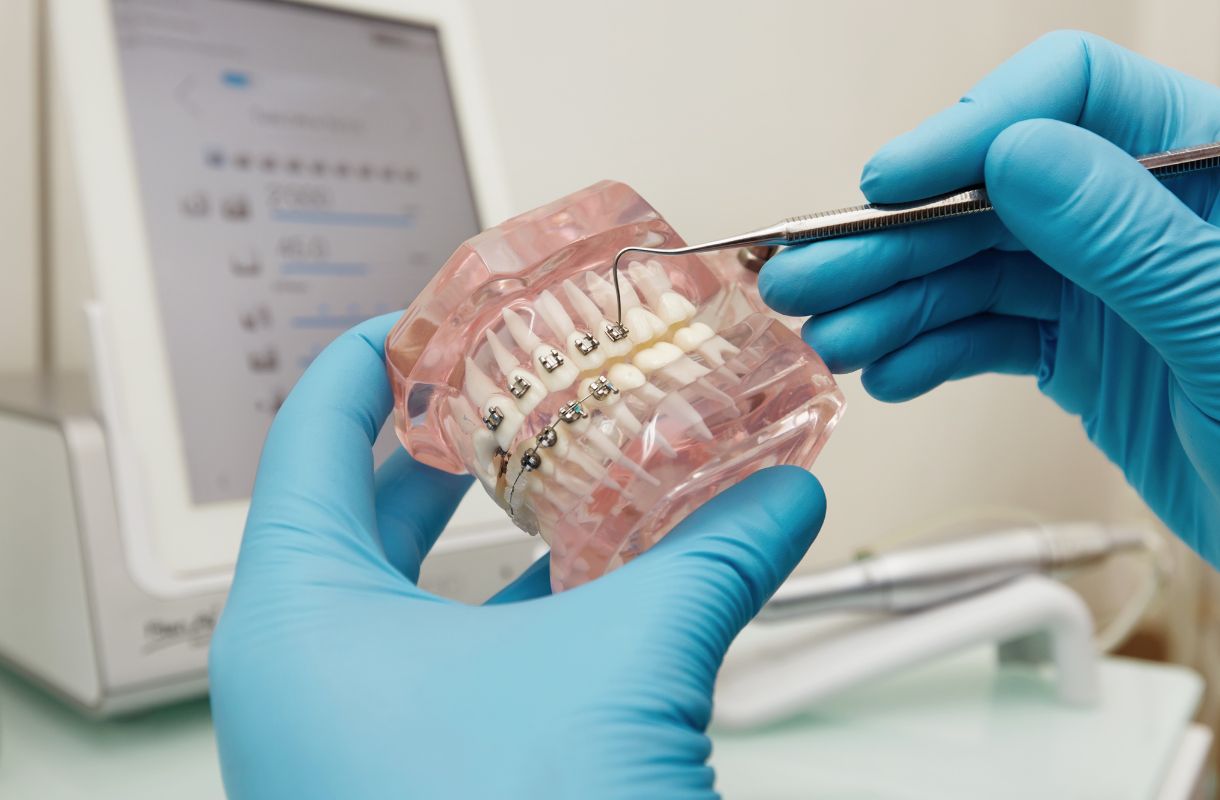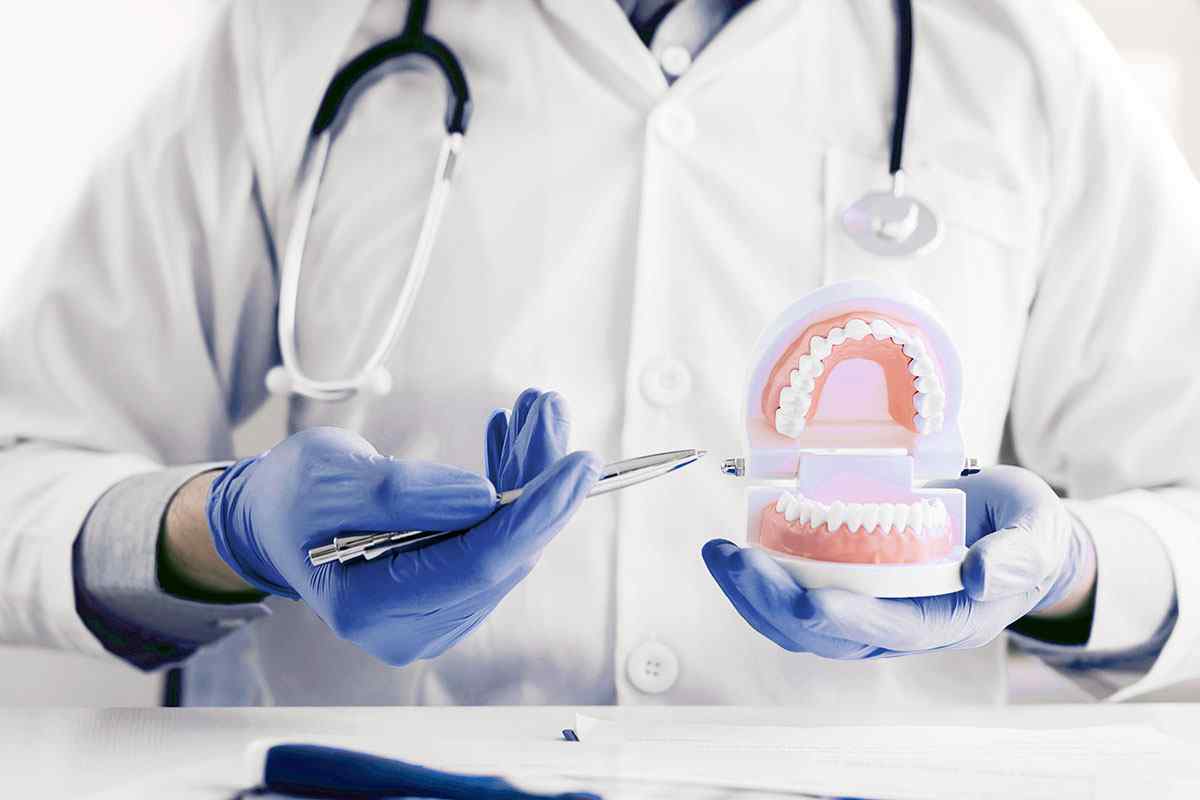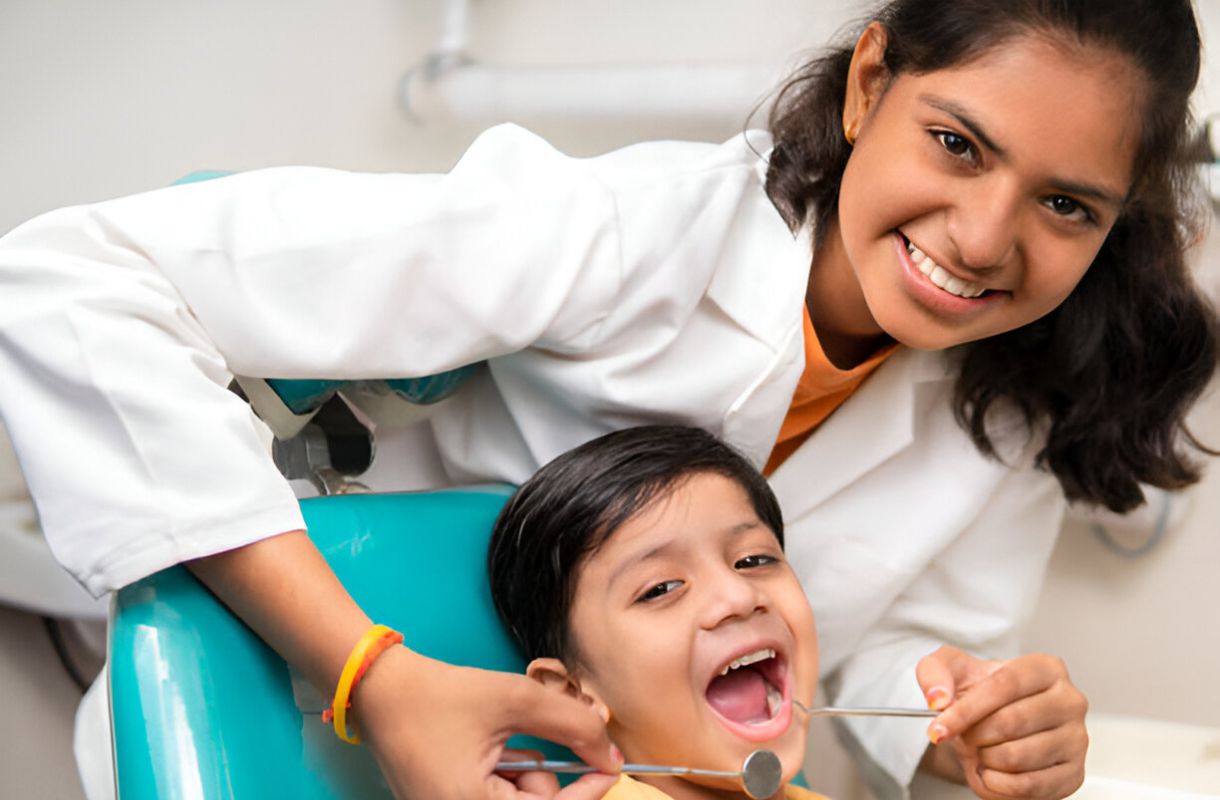What are
Dental Fillings?
Maintaining the health of primary (baby) teeth is crucial for a child’s overall oral health and development. When decay or damage occurs, dental fillings and restorations play a vital role in preserving these important teeth.
At Smiline, we offer a range of options to ensure your child’s primary teeth remain healthy and functional until they naturally fall out.
The Importance of Treating Primary Teeth
Many parents wonder if treating cavities in baby teeth is necessary since they will eventually fall out. However, there are several important reasons to address dental issues in primary teeth:
- Preventing pain and infection
- Maintaining proper nutrition and speech development
- Guiding permanent teeth into correct positions
- Avoiding premature loss that could lead to orthodontic issues
Common Types of Dental Fillings for Children
Common types of dental fillings for children include:
Composite Resin Fillings
Composite resin fillings are tooth-colored and made from a mixture of plastic and glass materials. They offer several advantages for children:
- Natural appearance that blends with the tooth
- Bonds directly to the tooth structure
- Preserves more healthy tooth material
- Can be used for small to medium-sized cavities
At Smiline, we often recommend composite fillings for visible front teeth to maintain your child’s confident smile.
Amalgam Fillings
While less common than in the past, amalgam (silver) fillings are still used in some cases, particularly for back teeth. Benefits include:
- Durability and strength for chewing surfaces
- Quick and easy placement
- Lower cost compared to other options
The Dental Filling Process for Children
Getting a dental filling can be anxiety-inducing for children. At Smiline, we take extra care to ensure your child feels comfortable throughout the procedure:
- Numbing the area with general anesthesia
- Removing the decayed portion of the tooth
- Cleaning and preparing the tooth
- Placing the filling material
- Shaping and polishing the filling
Our experienced pediatric dentists use gentle techniques and may offer safe sedation options for anxious children.
Other Restorative Options for Primary Teeth
In some cases, a simple filling may not be sufficient to repair a damaged primary tooth. Other restorative options include:
Stainless Steel Crowns
Stainless steel crowns are pre-formed caps that cover the entire tooth. They are often used when:
- Decay is extensive
- The tooth has undergone pulp therapy
- The child is at high risk for future decay
These crowns are durable and cost-effective for restoring badly damaged primary molars.
Pulp Therapy
When decay reaches the pulp (nerve) of a primary tooth, pulp therapy may be necessary to save the tooth. This involves:
- Removing infected pulp tissue
- Cleaning and disinfecting the pulp chamber
- Filling the chamber with a special material
- Placing a crown to protect the tooth
At Smiline, our skilled pediatric dentists are experienced in performing pulp therapy to preserve your child’s natural teeth whenever possible.
Preventing the Need for Dental Fillings
While we offer high-quality restorative care, prevention is always the best approach. To reduce your child’s risk of cavities:
- Encourage regular brushing and flossing
- Limit sugary snacks and drinks
- Schedule regular dental check-ups
- Consider dental sealants for cavity-prone molars
The Role of Diet in Dental Health
A balanced diet plays a crucial role in maintaining healthy primary teeth. Encourage your child to:
- Eat plenty of fruits and vegetables
- Choose water over sugary drinks
- Limit sticky or chewy candies
- Consume calcium-rich foods for strong teeth
FAQs
Yes, there are alternatives like silver diamine fluoride (SDF) treatment, which can be used to arrest early decay in primary teeth without drilling. However, this may not be suitable for all cases and should be discussed with your pediatric dentist.
Most children can return to normal activities immediately after the procedure. However, they may experience some numbness for a few hours and should avoid eating until the anesthesia wears off completely.
It’s best to wait until the numbness wears off completely before eating. After that, soft foods are recommended for the first 24 hours. Avoid very hot or cold foods and drinks for a few days as the tooth may be sensitive.
In most cases, children can return to school the same day after getting a filling. However, if sedation was used, they may need to rest at home for the remainder of the day.
Children should maintain good oral hygiene, brushing twice daily and flossing. Regular dental check-ups are important to monitor the condition of the filling. Avoid sticky or hard foods that could potentially dislodge the filling.
In many cases, even primary teeth with large cavities can be saved using techniques like pulp therapy followed by a crown. Extraction is usually a last resort when the tooth cannot be restored.
Pediatric Dentistry
Get In Touch With Us
+91 7702425551 - Hitech City
Book An Appointment
Book a visit to Smiline, simply fill out the form below and we will contact you back regarding the intervention you require.



